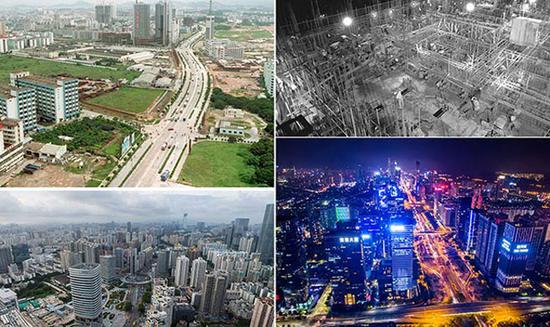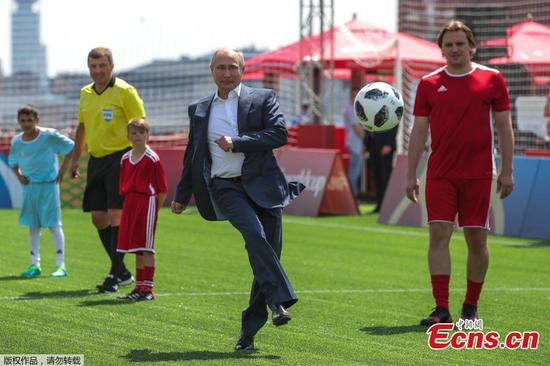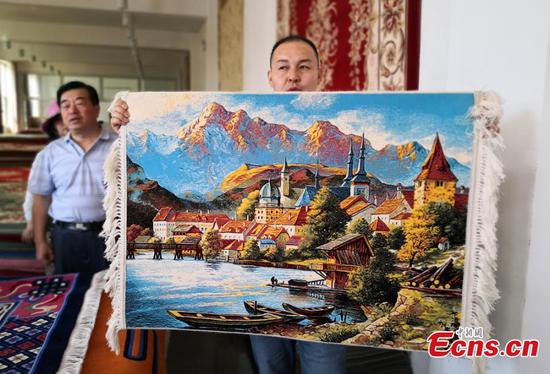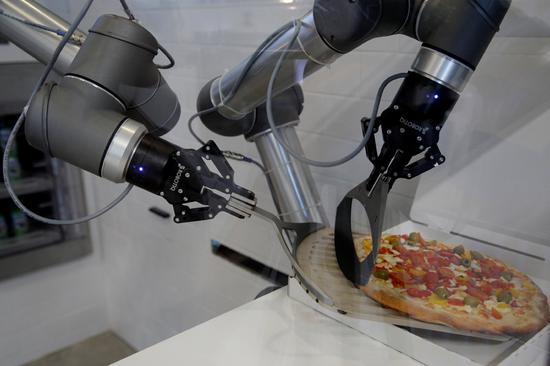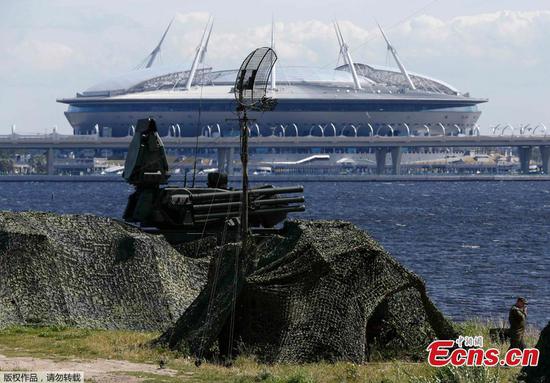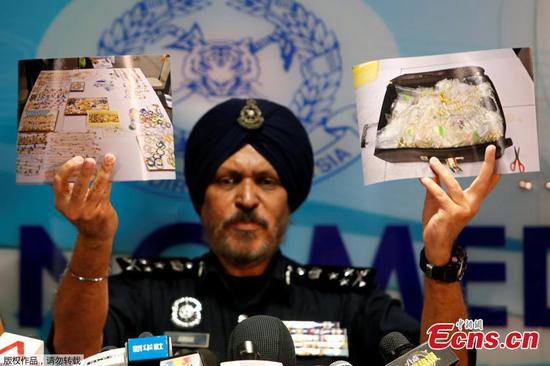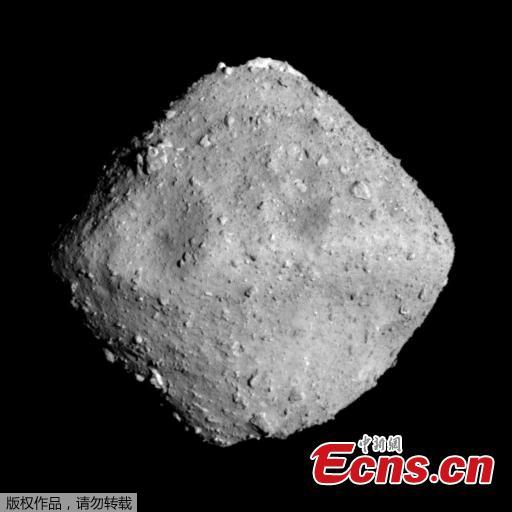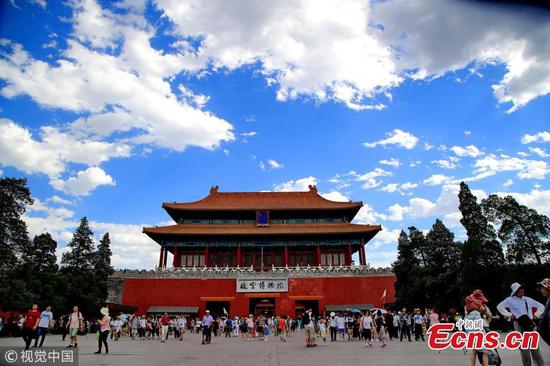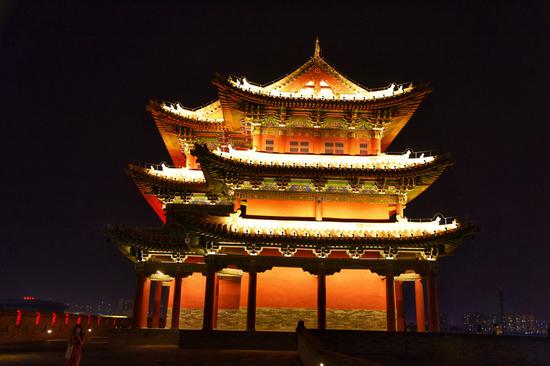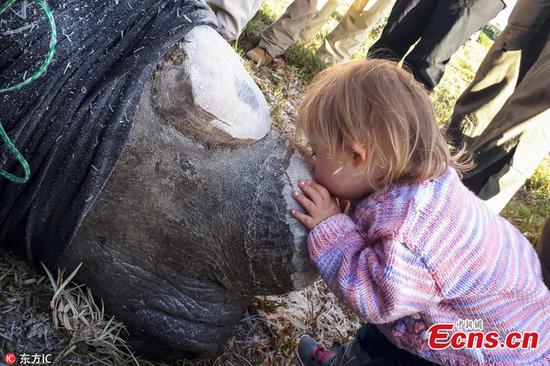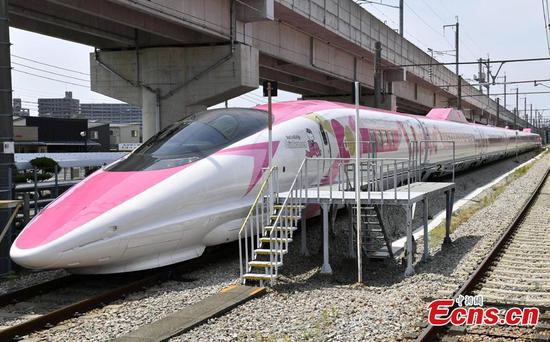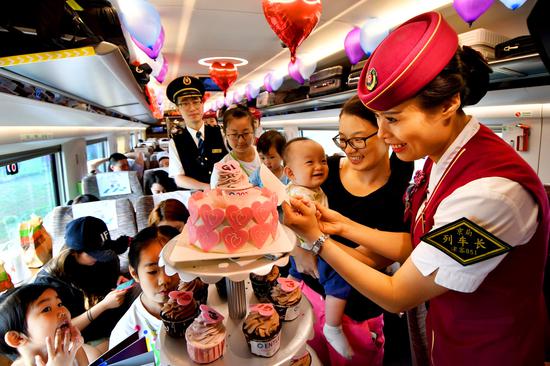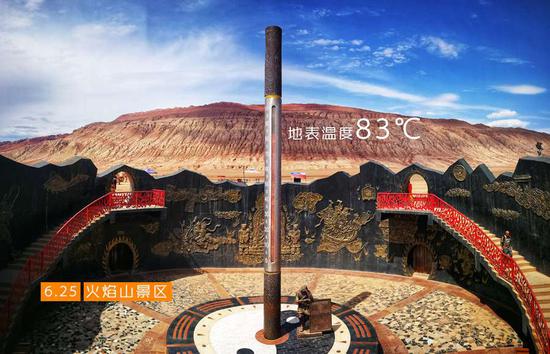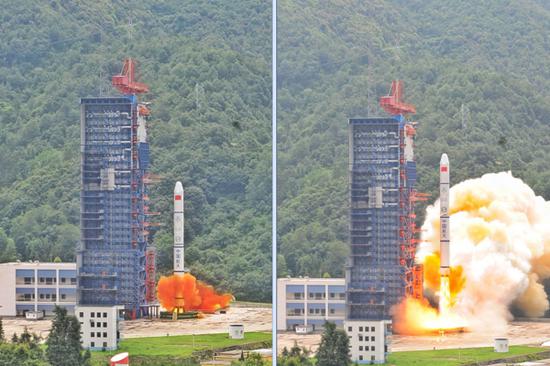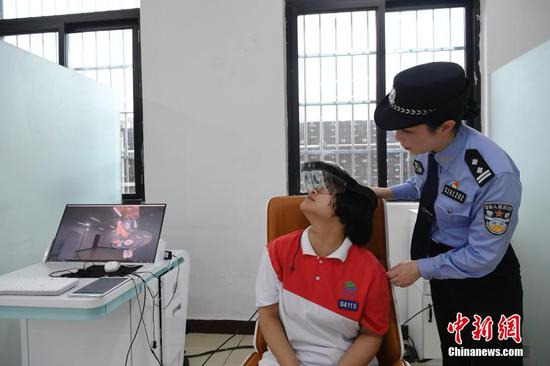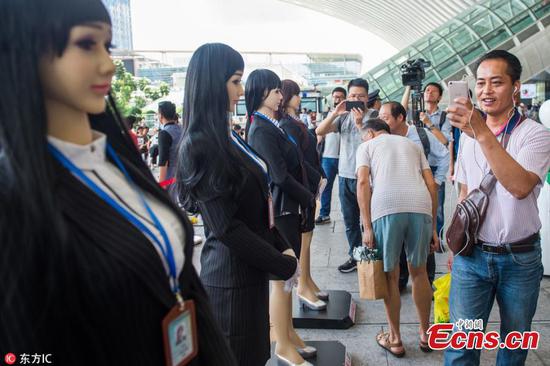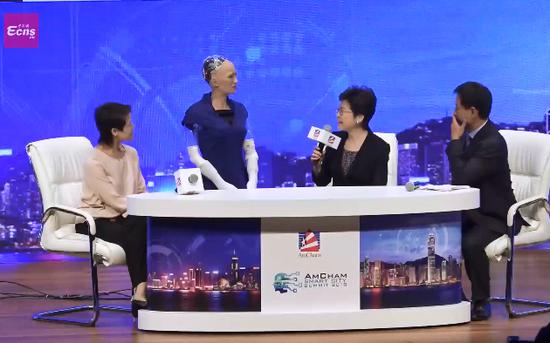Lefby Poraiar was alarmed when she was told that Global Steering System (GSS), the auto parts maker in Connecticut she had been working with for 13 years, was on the verge of bankruptcy.
The 59-year-old grandmother had nightmares of being out of a job and no prospects of getting a new one due to her age but then a miracle happened.
The Wanxiang Group, a Chinese auto parts manufacturer, took over the ailing U.S. plant and Poraiar kept her job.
"Thanks to the Chinese boss, our plant survived and has become prosperous," a beaming Poraiar told Xinhua.
The thanks are also due to China's reform and opening-up policy, a drive that started 40 years ago and gave impetus to companies like Wanxiang to innovate, grow and go abroad.
FROM LOCAL TO GLOBAL
Wanxiang started as an agriculture machinery repair factory in 1969, then turned its focus on auto components production and sales. Seeing a big opportunity in the 1980s, in the course of China's transformational journey, it decided to expand abroad.
Back then, Chinese exports were mostly channeled through trading companies, which knew little about markets or products, Ni Pin, head of Wanxiang America, told Xinhua.
"It was a waste of time and money for us," said Ni, in charge of the Chicago-based unit of Wanxiang for over two decades.
But when the reform and opening-up policy was adopted, Chinese companies were gradually allowed to invest and directly export their products abroad.
It gave Wanxiang a chance to compete with world-class companies overseas, an uneasy task at first.
Ni recalled how when Wanxiang entered the U.S. market in 1992, Lu Guanqiu, then chairman of the group, insisted that their products be as good as those made by Americans.
"Lu set a rule for us: if American companies can do it, then we can do it too," he said.
That focus on quality made Wanxiang America what it is today, he thinks.
The largest Chinese-invested enterprise in Midwest United States, Wanxiang America owns 21 factories. Estimatedly, one of every two cars produced in America uses Wanxiang-produced parts.
It has also saved many struggling U.S. factories by infusing much-needed investment.
"A local newspaper called us a 'white knight,'" Ni said jokingly.
UPGRADE FOR CHINA, TRANSFORMATION FOR U.S.
The GSS was one of the U.S. companies that survived the 2008 financial crisis, thanks to investment from Wanxiang America.
From preserving its 135 jobs after the acquisition in 2009, it has grown into a globalized company with factories in Mexico, Poland and China, employing about 750 people worldwide, Larry Finnell, president and CEO of GSS, said.
From 135 to 750, "you can do the math," he said.
The transformation of GSS is one example in the process of Wanxiang's development and localization in America. Wanxiang America has invested or purchased enterprises in 25 states, employing 9,000 local workers.
To commemorate Wanxiang's contribution to the local economy, the government of Illinois, the state where the company is based, designated Aug. 12, 2002 as "Wanxiang Day."
Wanxiang is one of the numerous Chinese companies that have gone abroad since China's reform and opening-up. The cumulative Chinese foreign direct investment (FDI) in the United States totaled 140 billion U.S. dollars from 1990 to 2017, while the cumulative value of U.S. FDI transactions in China during the same period reached 256.5 billion dollars, according to a joint report by the National Committee on U.S.-China Relations (NCUSCR) and the Rhodium Group, an independent research provider, released in April.
Employment by Chinese-owned firms across the United States jumped nine-fold to 140,000 between 2009 and 2016.
Over the 40 years of reform and opening-up, the Chinese companies going abroad have advanced in both technological and market expertise and become more confident participants in the global value chain. On the other hand, their presence in other countries have produced tangible benefits for the local economy.
In the case of Wanxiang, the company has upgraded from relying on massive production to focusing on high-end products. It has also helped its U.S. partners transform from providing old-fashioned "one-package" service to offering streamlined portfolios that make them more adept and competitive, Ni said.
It's a win-win result, he remarked.
TWO-LANE INVESTMENT EXPRESSWAY
In the early years of China's reform and opening up, business investment between China and the United States was like a one-way street, mainly featuring U.S. funds flowing into China.
With China's efforts to deepen reform and open up further, the one-way street has evolved into a two-lane expressway, with an increasing number of Chinese enterprises investing in the United States.
Another joint report by the NCUSCR and the Rhodium Group says Chinese companies invested a record 46 billion dollars in the United States in 2016, a tenfold increase compared to just five years ago, while U.S. FDI in China was kept at a steady annual amount of 13 billion dollars.
China and the United States are each other's biggest trade partners, with each benefiting from the other's success, Michael Bloomberg, the billionaire former mayor of New York City, commented at a recent forum.
No country in history has undergone such extensive economic reforms and with so much success as China, a success trading partners share as well, including the United States.
Joseph Seacrist, economic development coordinator at Watertown in New York, underlined the necessity of globalization in today's fragmented world.
"I don't think the United States can continue to bury its head in the sand and say we're going to go it alone," he said. "I simply don't think that any country can go it alone."










